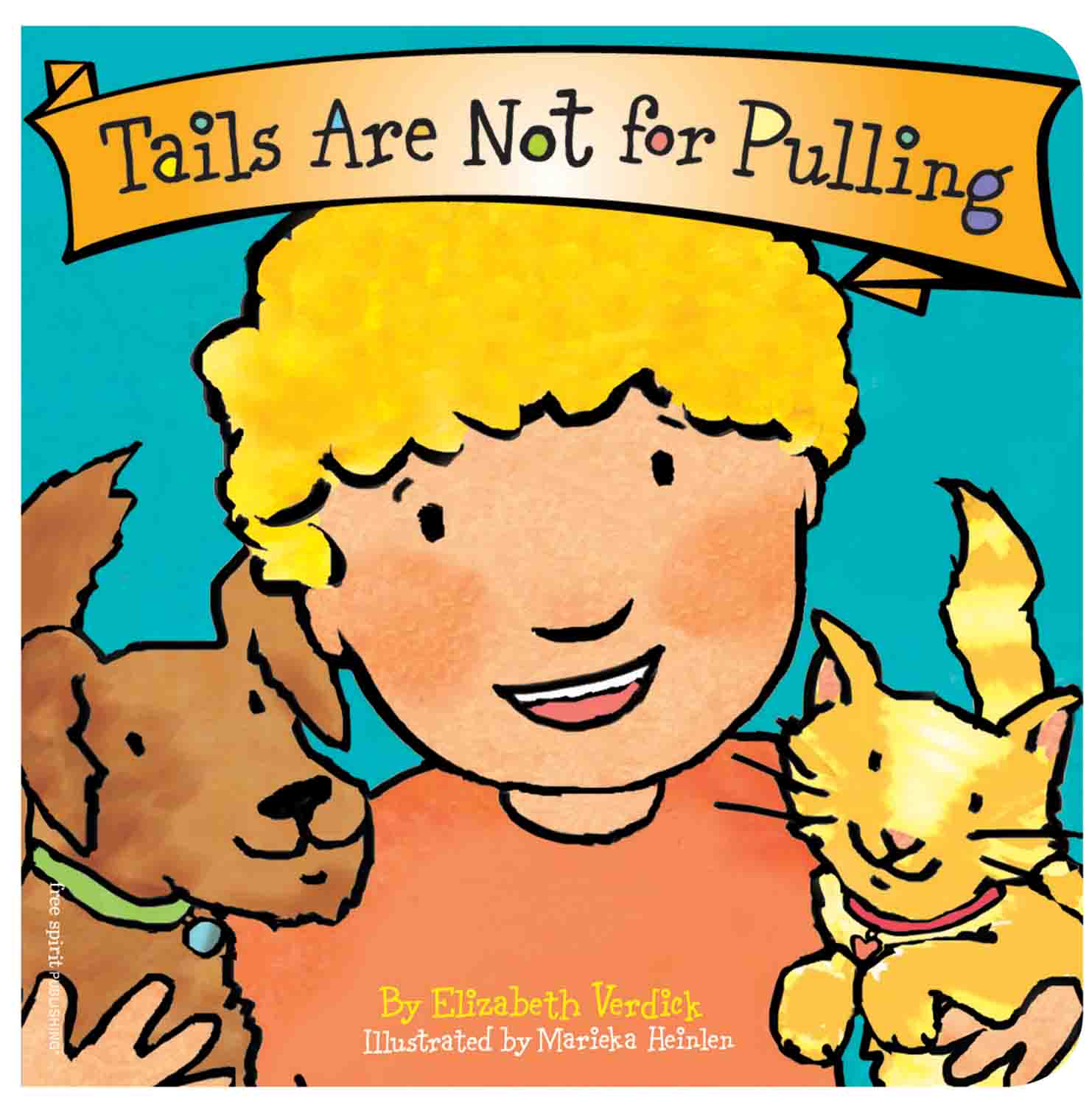
- Global Awareness Blogmr. Becker's Classroom Assessment
- Global Awareness Blogmr. Becker's Classrooms
- Global Awareness Blogmr. Becker's Classroom
Some programs are expanding 2021 class sizes. Harvard Business School, for example, plans to enroll about 1,000 students for the next two years — up slightly from its typical 930 enrollments. Global Awareness Writing Reading ACT 21st Century ELA Shelfari Parent Links. Shelfari Parent Links Mr. Becker's Classroom: Summer Reading Project Sign up for my Remind 101 for email reminders with the project! Text the message: @honors10a to the phone number: 81010.
PROJECT OUTLINE
Students will be assigned projects organized by countries. Each student will be assigned a topic/element from the listing below. These topics/elements correspond to those that we have covered throughout the course which outlined and defined media.
Each student will then present their assigned topic/element as it plays out in the media of the specific country that has been assigned. In other words, each student is assigned a specific country and each student is also assigned a specific topic/element. For example, you may be assigned Australian media and individually you were assigned to journalism/censorship as a topic/element. So, you will be reporting on how the topic/element of journalism/censorship plays out in Australian media.
Each student will create a Web page or PowerPoint presentation outlining with creative flair the characteristics of the media by assigned topic/element and country. The projects, submitted individually, should include each element covered (see below) along with all references used for the project listed by element (web pages with addresses, articles or textbooks used, etc.).
Once finished, these projects will be uploaded using the Project Assignment Dropbox (specific instructions will be emailed to each student regarding this procedure later on in the semester). The due dates for the projects will be listed in the home page.
Global Awareness Blogmr. Becker's Classroom Assessment

DETAILED INFORMATION ON THE PROJECT IS FOUND IN THE PROJECT OUTLINE LINK Guestbook.



Global Awareness Blogmr. Becker's Classrooms

Global Awareness Blogmr. Becker's Classroom
As face-to-face interaction between student and instructor is not present in online learning environments, it is increasingly important to understand how to establish and maintain social presence in online learning. 'Student-Teacher Interaction in Online Learning Environments' provides successful strategies and procedures for developing policies to bring about an awareness of the practices that enhance online learning. This reference book provides building blocks to help improve the outcome of online coursework and discusses social presence to help improve performance, interaction, and a sense of community for all participants in an online arena. This book is of essential use to online educators, administrators, researchers, and students. After a foreword by Greg Jones and a preface by the editor, the following chapters are included: (1) Social Presence in Culturally Mediated Online Learning Environments (Vidya Ananthanarayanan); (2) Examining Design Pattern Strategies as a Means to Achieve Social Presence in the Online Classroom (Araminta Matthews and Robert M. Kitchin, Jr.); (3) Increasing Research Students' Engagement through Virtual Communities (Maria Limniou, Clare Holdcroft, and Paul S. Holmes); (4) Cultural Inclusivity in Online Learning (Karen L. Milheim); (5) Fostering Interaction and Social Presence through eCollaboration (Patricia McGee and Jooyoung Voeller); (6) The Value of Social Presence in Developing Student Satisfaction and Learning Outcomes in Online Environments (Michael Marmon); (7) Building Social Presence through Engaging Online Instructional Strategies (Sara K. Mitchell and MaryFriend Shepard); (8) Bridging the Social and Teaching Presence Gap in Online Learning (Bei Zhang); (9) Digital Identity, Social Presence Technologies, and Presence Learning (Chaka Chaka); (10) Pre-Service Teachers Engaging with Twitter as a Professional Online Learning Environment (Narelle Lemon); (11) Leveraging Web 2.0 for Online Learning (Prerna Lal); (12) Strategies for Establishing and Sustaining Social Presence in the Online Learning Environment (Credence Baker, Sarah Maben, and Jennifer Edwards); (13) Technology Readiness and Social Presence in Online Higher Education (David R. Abraham); (14) Creating a Culture of Engagement (Katherine Erdman Becker); (15) Using a Distributed Learning Environment Model to Foster Learner-Educator Interaction (Pamela A. Havice and William L. Havice); (16) Planning, Designing, Implementing, and Managing Social Presence in Online Programs and Online Classes (Kartikeya Patel); and (17) The Human Element MOOC (Whitney Kilgore and Patrick R. Lowenthal). A compilation of references, information about the contributors, and an index are included.









